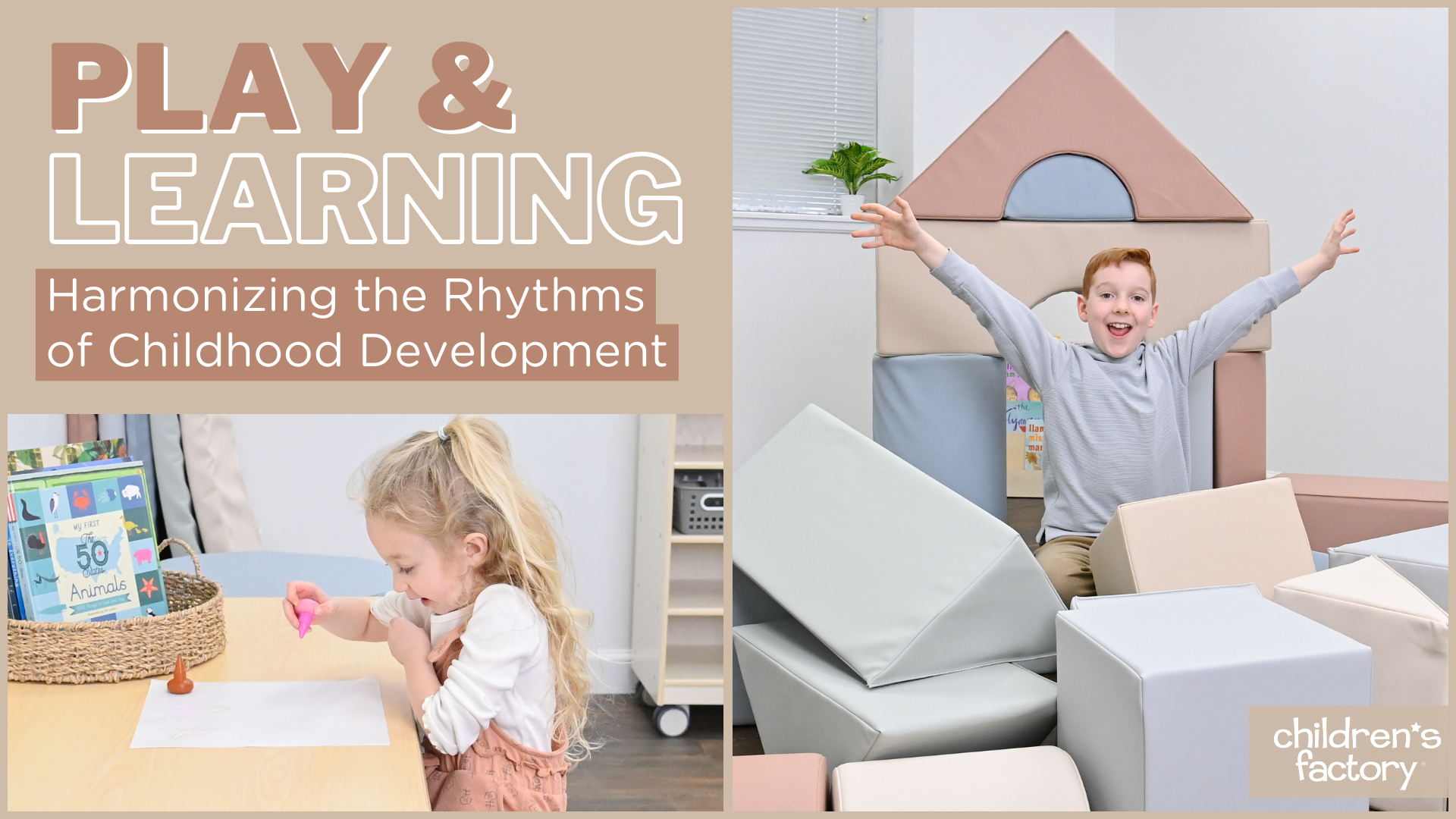
Play and Learning: Harmonizing the Rhythms of Childhood Development
In the heart of early childhood education lies a simple, yet profound truth: play is the language of learning. This piece explores the harmonious intersection of play and learning, a symphony of experiences that shape the cognitive, social, emotional, and physical development of children.
The paradigm of education is shifting. Gone are the days when rote learning and rigid curriculums dictated the early years of education. Today’s thought-leaders champion a more holistic approach, recognizing that children learn best through play—a concept that is both revolutionary and as old as humanity itself.
The Symphony of Playful Learning
Consider a symphony orchestra: diverse instruments, each with its unique sound, come together under the direction of a conductor to create a cohesive and beautiful harmony. The intersection of play and learning in early education is akin to this orchestra. Educators, acting as conductors, must harmonize the various ‘instruments’—playful activities that cater to different aspects of learning.
Cognitive Crescendo
Cognitive development in young children is a crescendo, gradually building as they interact with their environment. Play acts as a catalyst for this development. When children engage in pretend play, they’re not just having fun; they’re also developing critical thinking and problem-solving skills. They learn cause and effect, explore their curiosity, and begin to understand the world around them. By providing children with a variety of play-based learning opportunities, we encourage them to question, experiment, and explore—setting the stage for a lifetime love of learning.
Social Harmony
Social skills are the notes that create harmony in life’s symphony. Through play, children learn to communicate, cooperate, and empathize with others. They navigate sharing, turn-taking, and the complexities of friendships. In the sandbox, on the playground, and during group activities, children practice the social scripts that will play out throughout their lives. This orchestra of interaction is where emotional intelligence begins, and the roots of community and culture grow.
Emotional Melody
The melody of play is rich with emotional expression. In the freedom of play, children express joy, frustration, excitement, and a full range of emotions. They learn to understand and regulate these emotions—skills critical for mental well-being. Dramatic play allows them to step into different roles, exploring feelings and situations in a controlled, safe environment. This is not just play; it’s rehearsal for the vast emotional landscape they will navigate as they grow.
Physical Rhythm
The physical rhythm of play is evident in the jumping, running, climbing, and dancing of childhood. Gross motor skills are honed on the playground, while fine motor skills are developed through play with smaller objects. These physical skills are the drumbeat to the symphony, providing the foundation upon which cognitive, social, and emotional skills are layered. Physical play not only builds healthy bodies but also instills a sense of confidence and achievement.
Conducting the Future of Education
As educators and leaders, our role is to conduct this symphony of play and learning. We must create environments that encourage playful exploration and provide resources that invite curiosity. Our curriculum should not be a rigid score but a fluid composition that adapts to the needs and interests of each child, allowing for improvisation and creativity.
In the orchestra of early education, there are no small parts. Every aspect of play is a critical piece of the learning experience. By fostering environments where play and learning are intertwined, we prepare our children not just for school, but for life. They will be ready to play their parts in the complex symphony of the modern world, with resilience, creativity, and a joy for learning that will resonate throughout their lives.
This is the future of education—a beautiful blend of play and learning, where the rhythms of development are nurtured, and the music of childhood thrives. As we embrace this harmonious approach, we’re not just teaching children; we’re inspiring the next generation of thinkers, innovators, and leaders. The intersection of play and learning is where the magic happens, and the journey begins.

